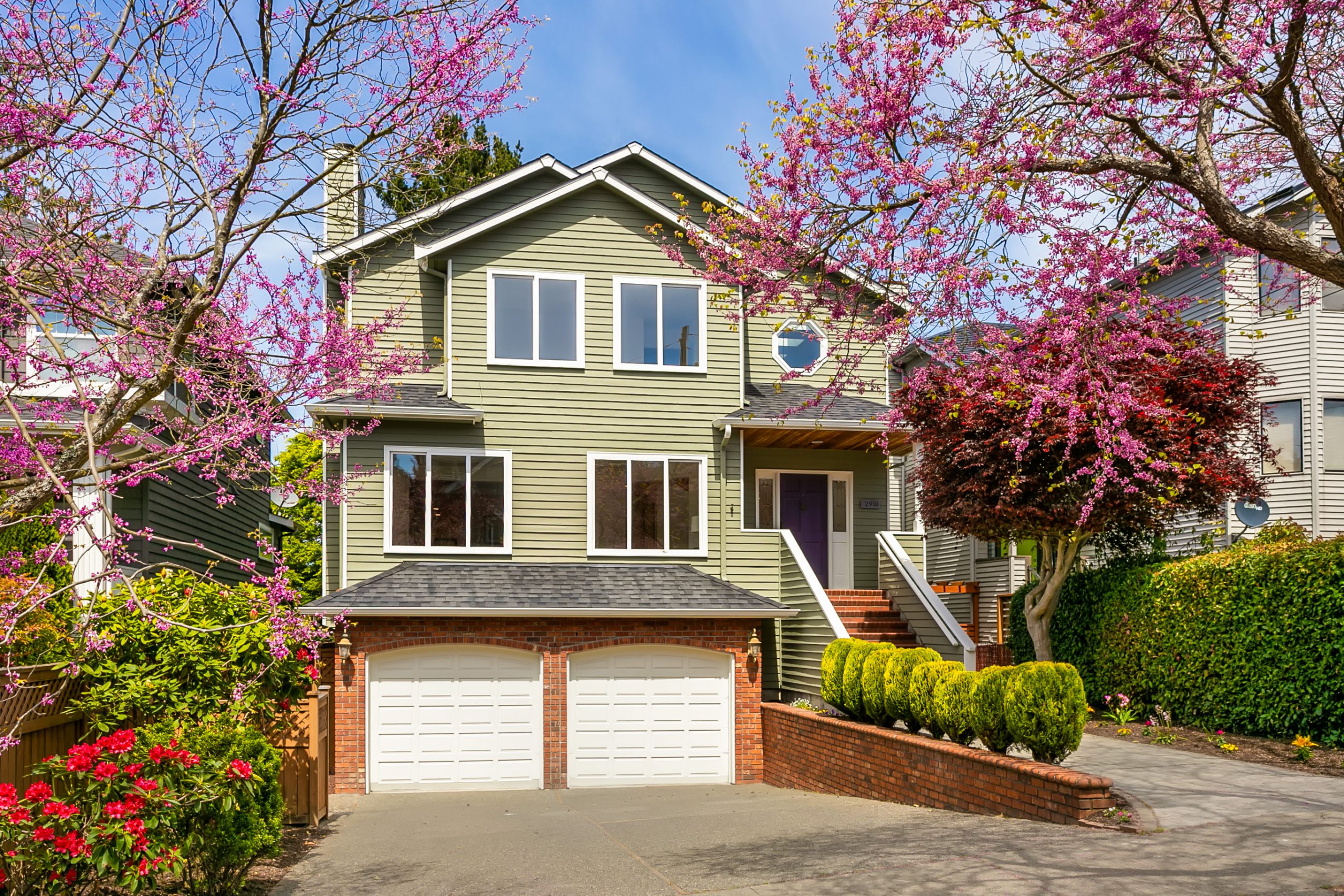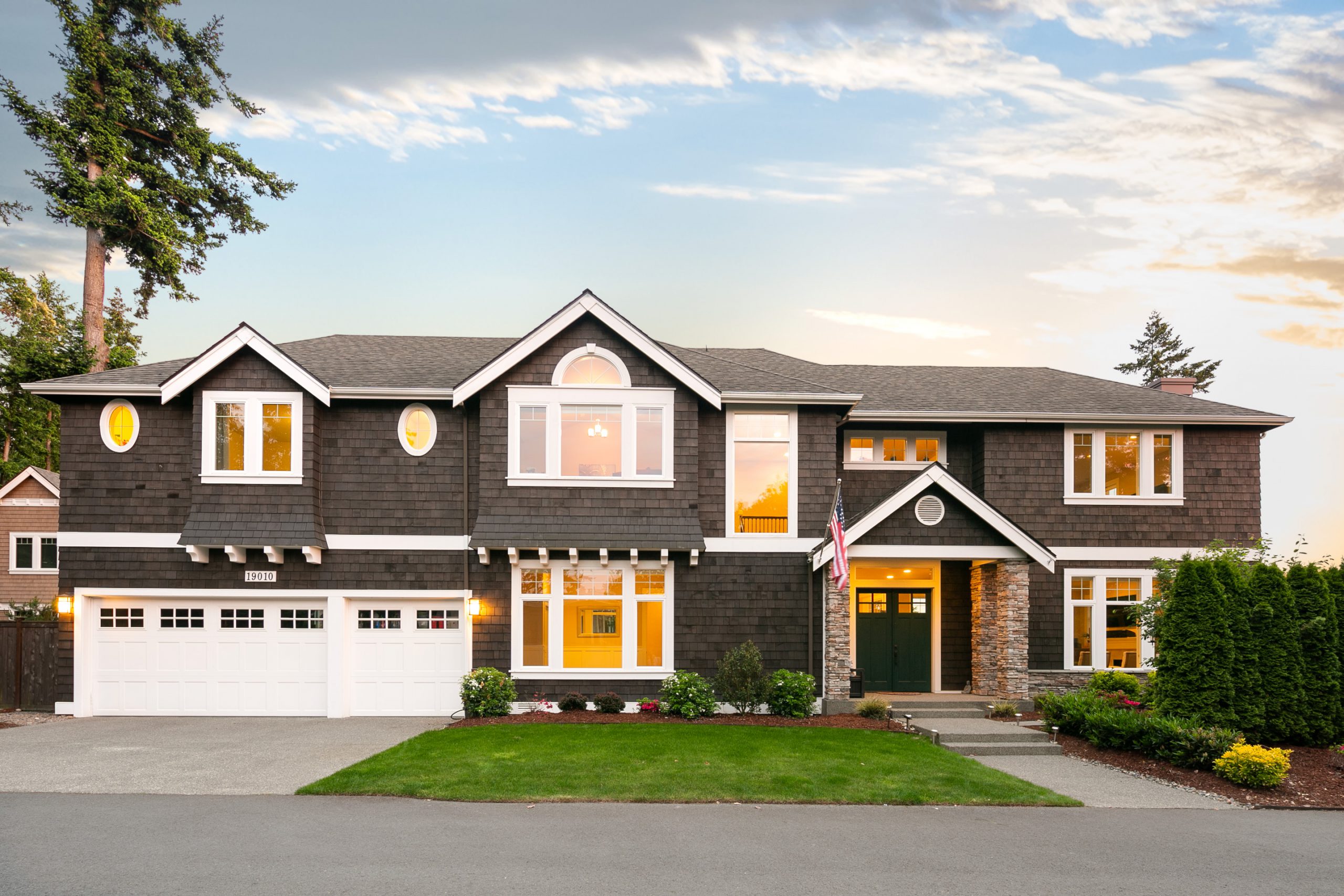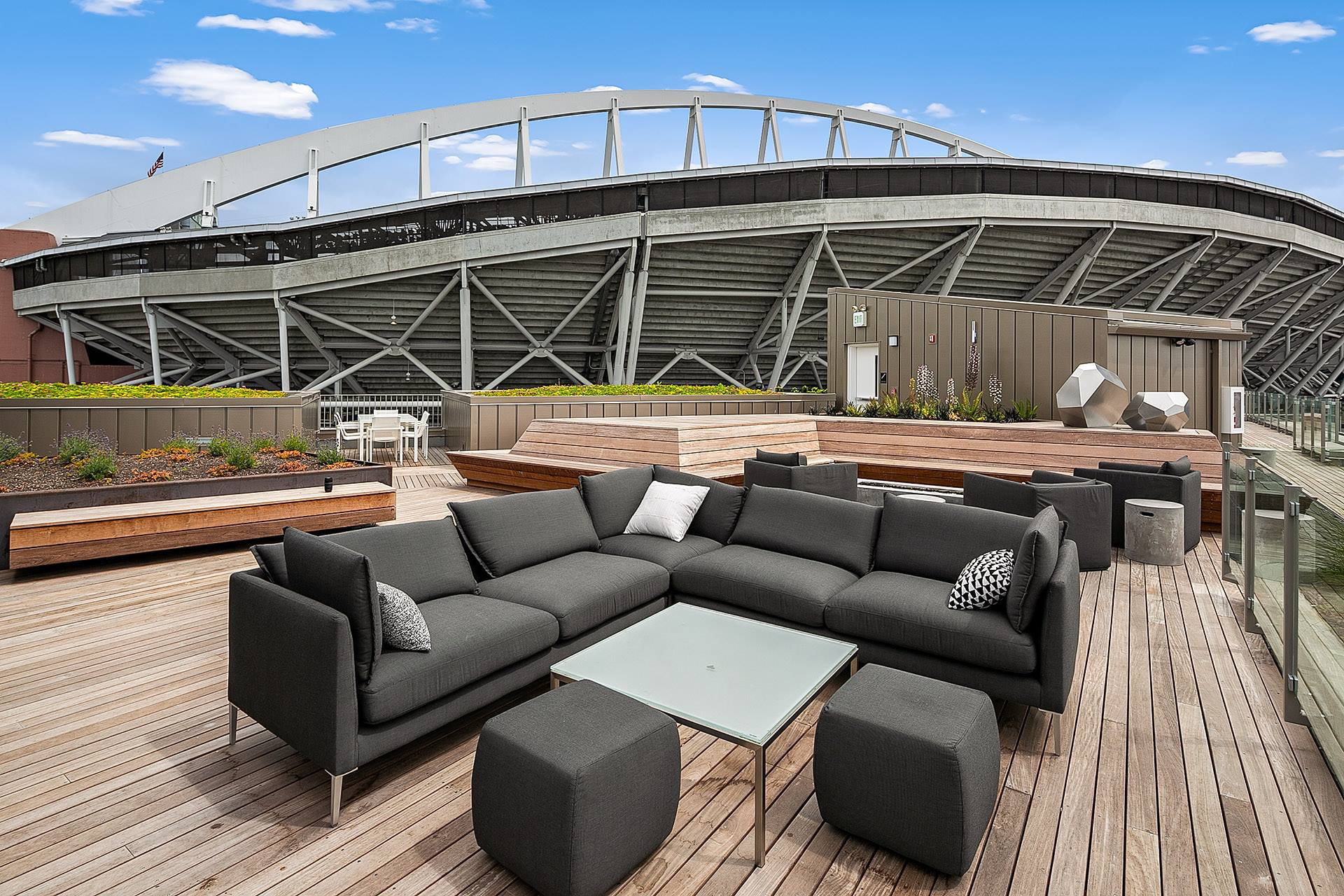It is known to every photographer the different features that Lightroom has in its arsenal. It is filled with remarkable features that can make every photographer’s life worthwhile. But this is not exclusively for photographers only. Lightroom is for everyone to enjoy – from people working at home to students, to office workers, for everybody. Once you learn its excellent features, you can edit photos the way you like to see them.
Lightroom is a retouching tool for photographers and photo editors. This software is filled basically with great features that can make every editor’s photo processing works easier. Post-production processes are time-consuming for real estate photographers. Installing Lightroom presets will allow both beginners and skilled editors to edit images with a lot of ease. This is in stark contrast if you are using manual editing. These presets are predetermined settings offered in clusters which are always based according to specific themes.
How to Install Presets
 Maybe you’re into Adobe Lightroom presets but you don’t know how to import them in the Lightroom or at least put them in a folder. This is a tutorial about the simple ways on how to install presets on Adobe Lightroom or organize them in folders to set little themes and import them into the program for future use.
Maybe you’re into Adobe Lightroom presets but you don’t know how to import them in the Lightroom or at least put them in a folder. This is a tutorial about the simple ways on how to install presets on Adobe Lightroom or organize them in folders to set little themes and import them into the program for future use.
You can simply follow these steps and it doesn’t matter if you’re on Mac or PC. It’s still the same thing that you will be doing. To import some different presets, you first need to have different custom sets like K1, FLP, the Moody Collection aside from the custom-created presets and well as the ones which came from Lightroom when you get the new upgrade.
1. Go to your favorite preset website
The first thing you need to do is go to your favorite preset website whether it’s paid or free. One of the most popular sites is the Free Lightroom Presets which can be Googled easily. You need to go to each of the different presets and click the ones you like most. As soon as it is loaded up, you can click Download Preset. It will go directly to your Download files in a Zip folder.
- https://www.adobe.com/sea/products/photoshop-lightroom/lightroom-presets.html
- https://photonify.com/free-lightroom-presets/
- https://digital-photography-school.com/8-sites-for-free-presets/
2. Unzip the file
Once you see the FLP Zip folder, you must unzip the file and you will get a folder. Inside that folder includes the actual preset template.

3. Move to your chosen folder
The next thing you must do is move that preset template to the folder you made before and add it to the other presets that you downloaded (if there’s any).
4. Go to Lightroom Preferences


Once you get back into your Lightroom, all you need to do is go to your Preferences. For Mac users, all you must do is click the Lightroom icon on the upper left corner of the screen and click on Preferences. But for PC (Windows users), you must go to Edit and then Preferences.
5. Dialog Box will show up
After hitting the Preferences, a dialog box will pop up. Make sure that you click Presets so that it will be highlighted. Go to Show Lightroom Presets Folder and once you click on that, another menu will open. Make sure that you select that Lightroom folder and click Develop Presets.
6. Develop Presets Folders
From this folder, you will see all the different presets that you have already installed. If you haven’t installed any presets yet, this is the place where you will have all your presets.
7. No installed presets
If you want to install presets, you need to go to File and click New Folder Window. Form there, you will be shown another box for you to select the folder that you made for your downloaded presets. You can click that folder and Drag and Drop to the Develop Presets Folders.
8. Go back to Lightroom and restart
After saving all the downloaded folders to the Develop Presets Folders, you may go to your Lightroom once more. But you may not see it right away so all you need is to exit from your Lightroom to restart.
9. Look for your Lightroom presets
After Lightroom has restarted, you can now see at the Presets Dialog box on the left side of your Lightroom screen all the presets that you added. You can now go ahead and start using them that you see fit.
Guide: https://enviragallery.com/how-to-find-lightroom-presets-and-manage-your-collection/
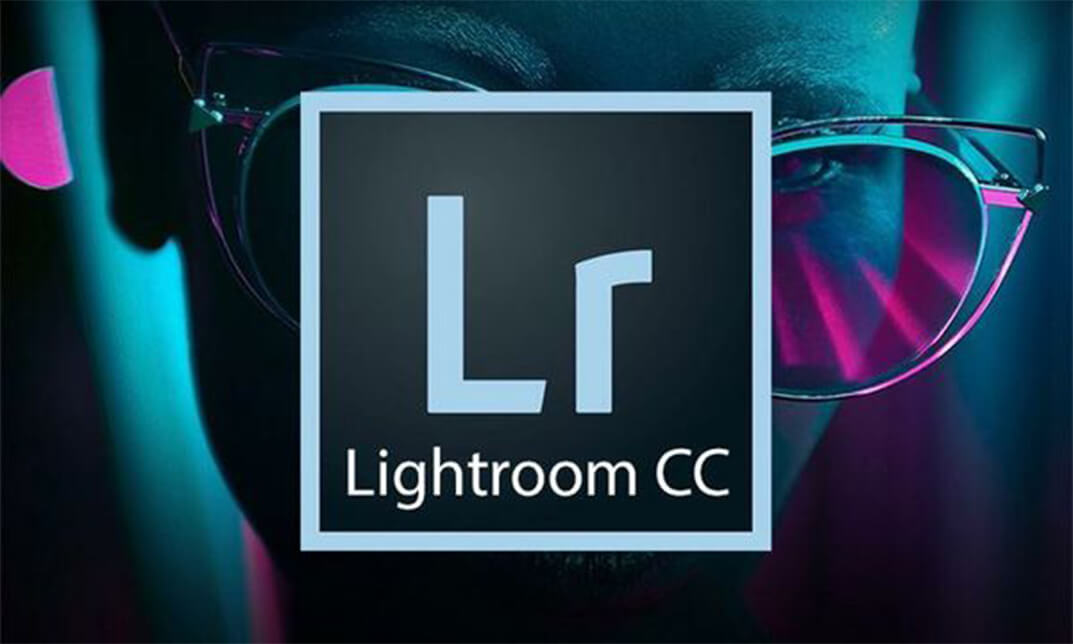
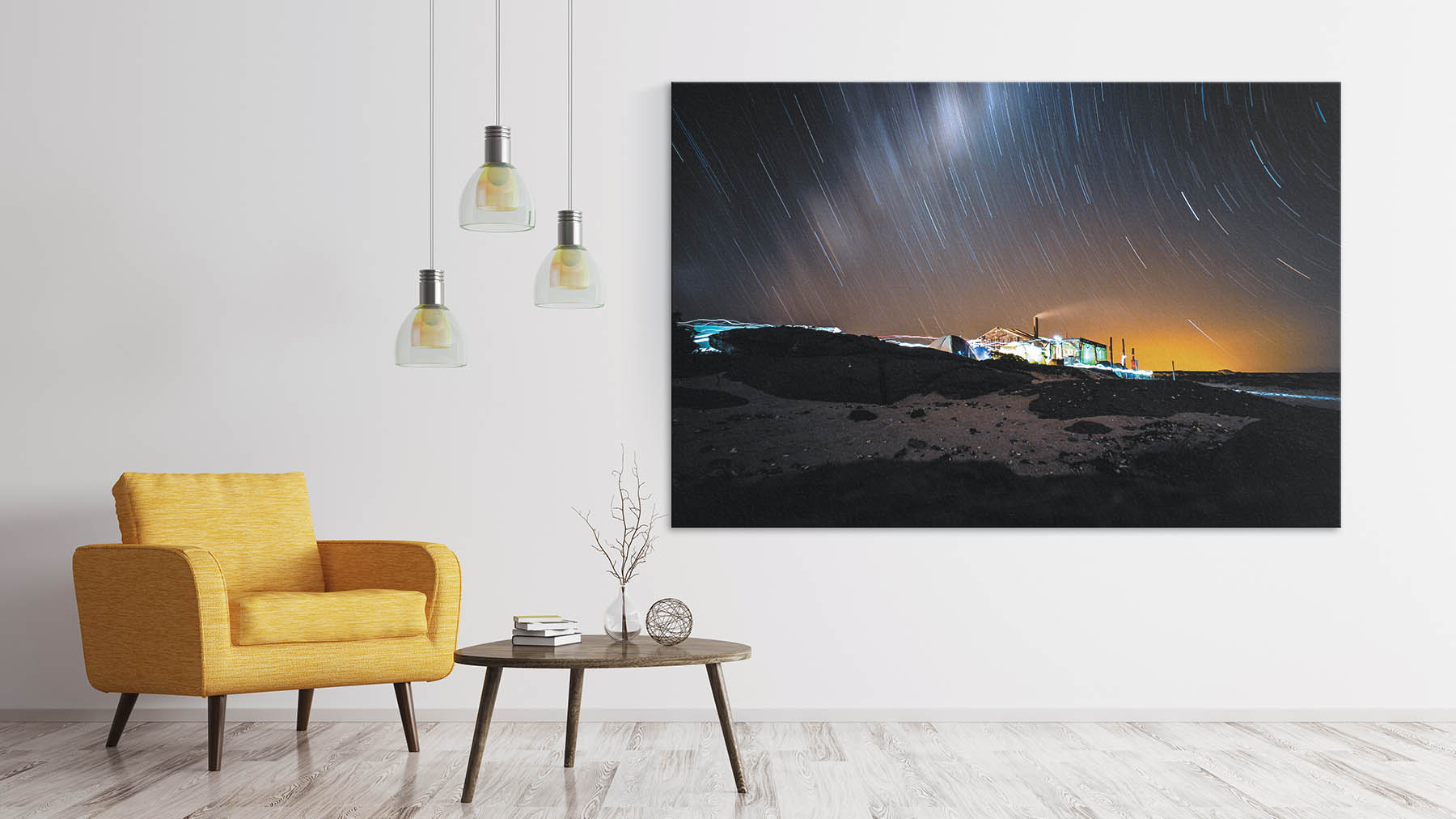
 Real estate photo retouching is one of the most common tasks to be done when it comes to property image enhancement. To make photo retouching using Adobe Photoshop CC, it is important to have this application downloaded to your PC or Mac. Editing and previewing of Canvas should be done first for the blank page to show up.
Real estate photo retouching is one of the most common tasks to be done when it comes to property image enhancement. To make photo retouching using Adobe Photoshop CC, it is important to have this application downloaded to your PC or Mac. Editing and previewing of Canvas should be done first for the blank page to show up.



